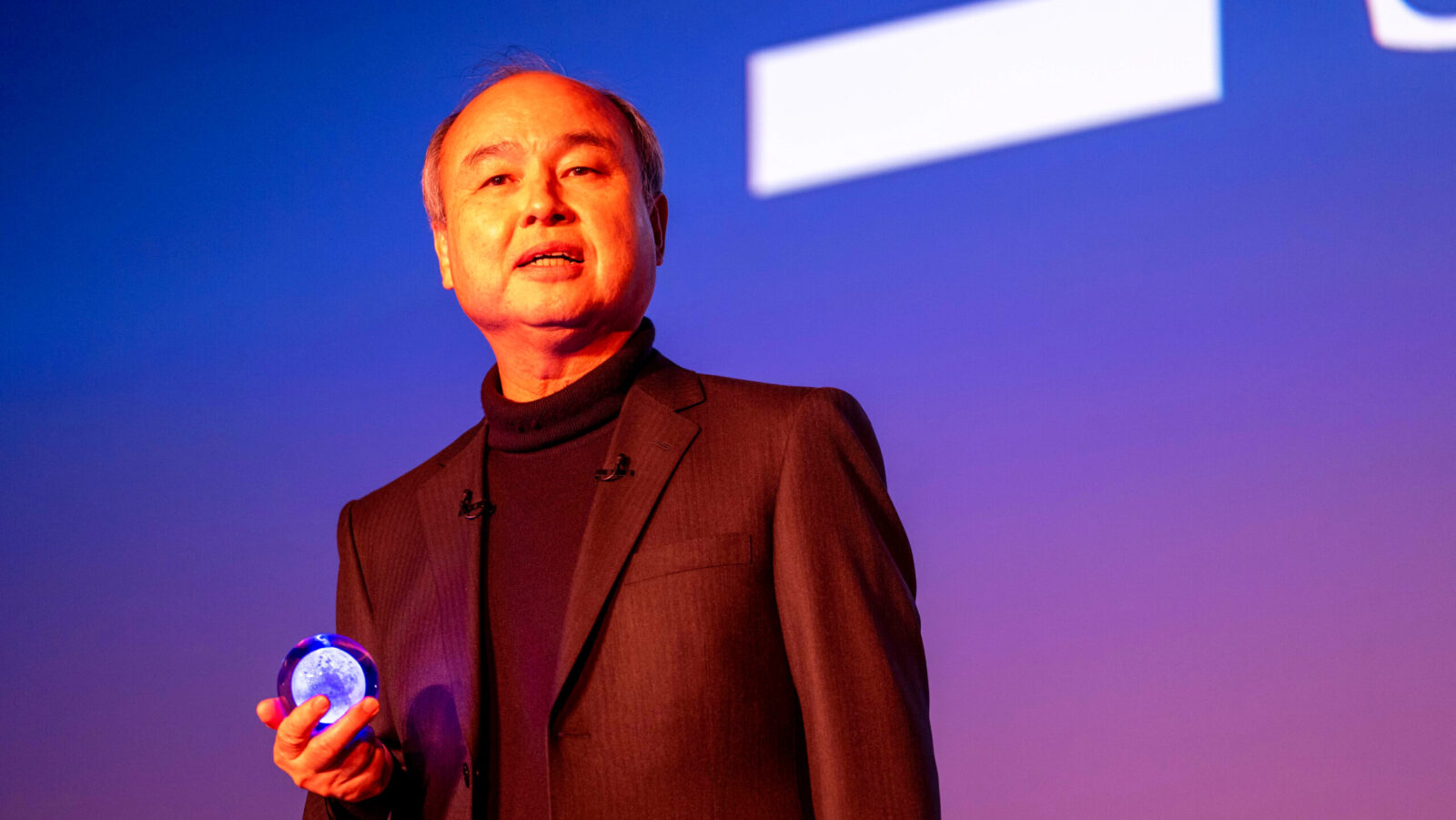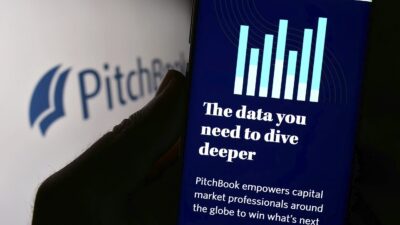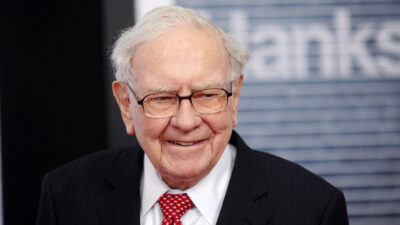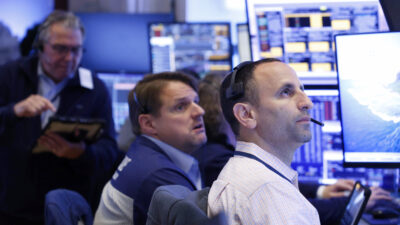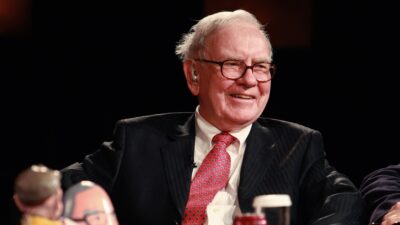Russell 2000’s Good Fortune May Prove to Be a Bad Omen
Through the last 100 days, the Russell 2000 has bested the rival S&P SmallCap 600 by 9%, good for the widest gap since 2010.
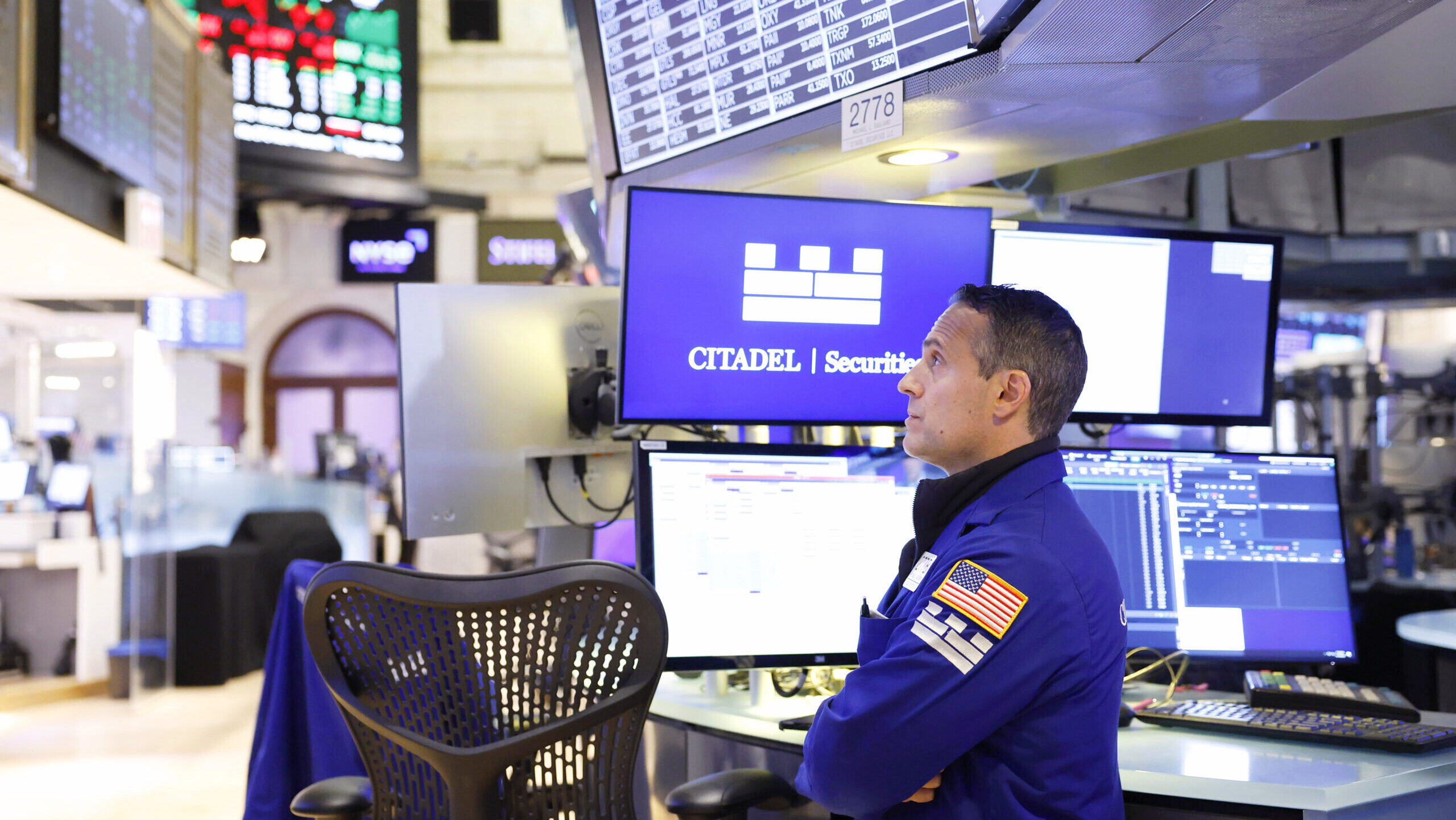
Sign up for smart news, insights, and analysis on the biggest financial stories of the day.
They may be small caps, but the stakes are hardly small potatoes.
Over the last 100 days, the Russell 2000 has outperformed its rival, the S&P SmallCap 600, by 9%, marking the widest gap since 2010, according to a DataTrek Research note to clients cited by independent financial journalist Phil Rosen. Sure, you might be asking: Who cares? Who even invests in the S&P 600? How does this matter to me? Reasonable questions, of course. Unfortunately, experts say the gap could have widespread implications and is likely yet more evidence of (you guessed it) a bubble.
Frothy The Snowman
The Russell isn’t just outperforming its small-cap peer, it’s on one of its greatest runs of all time, crossing 2,500 for the first time just a month ago. In the past six months, the index has gained roughly 17%, on par with the megacap-driven, AI-supercharged S&P 500. The S&P 600, by comparison, has risen roughly 11% in the past six months. So what sets them apart? Entrance to the Russell 2000 is determined by market cap, whereas the S&P’s small-cap index requires firms to actually turn a profit before admittance.
Historically, the difference has separated the small-cap wheat from the chaff, so to speak, which is why some see the current deviation as overly speculative:
- Between the 600’s launch in 1994 and April’s Liberation Day earthquake, the profit-requiring index had outperformed the Russell by roughly 580%, according to an analysis in The Wall Street Journal.
- Meanwhile, 40% of the Russell companies are unprofitable compared with 22% on the S&P 600, and the Russell’s price-to-earnings ratio is twice as high as its counterpart, Eric Cinnamond, co-founder of small-cap value specialist Palm Valley Capital Management, told the WSJ.
Spirited Debate: “The Russell 2000’s recent wide outperformance versus the S&P 600 is, historically speaking, not so much a sign that it’s time to rotate into the latter as it is a signal that animal spirits are especially elevated,” DataTrek analysts wrote in their note. Cinnamond put it a little more bluntly, telling the WSJ: “Part of the reason the Russell’s doing so well is speculation and greed.”
